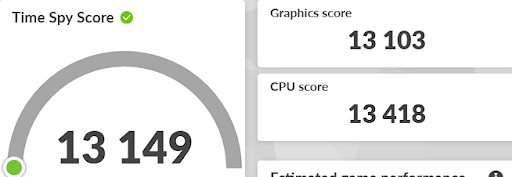The people writing in forums about technical stuff either bombast you with useless data
Or write in shorthand using many acronyms.
Of the people who write, some torture their chips to death, order new parts, um, well anyway they're into limit testing. How fast can it go without burning stuff up?
Others set everything to "Auto", crash and find that their version of the BIOS is too high, according to some popular tech-type talking english (as opposed to the tech-types who cram the language down into acronyms)
*My* voltages are what they are, not automatic (because I wanna be trendy/optimal) but not outrageous and cruel.
Case in point, VDDP,
VDDG-CCD/IOD,
and the infamous "SoC" voltage which is either Chipset SOC or NB/SoC.
No one knows
"You must set it 500mv less than yada" whut?Intro over!
O, except that little monitoring programs (eg, "Ryzen Master") look nothing like the BIOS and have way different values.
 |
| Ble? |
 |
| This second screenshot is what I'm blathering on about right this second |
I'm zooming in (to illustrate) on, uhm, "VDDCR SOC" which translates out in BIOS to, uh, ??? CPU-NB/SOC or maybe it's "Chipset SOC".
Coupled with the head-knowledge,
that,
Ryzen CPU's have their own memory controller and no "SouthBridge".
The internet ate up and really enjoyed "IMC", which is shorthand for saying, "The memory controller (north/south) was crammed into the CPU ("SOC") to save a buck."
So, How does the internet explain voltages for the TWO (count'em, two) SOC voltages?
It doesn't, it tosses acronyms around, fries some chips, settles on a number and bombasts it.
*My* Method (polishing nails) is to use "Auto" as a starting point and tweeking to conform with the shorthand-writers, ignoring the torturers as much as possible.
*My* Method (polishing nails) is to use "Auto" as a starting point and tweeking to conform with the shorthand-writers, ignoring the torturers as much as possible.
 |
| I like this, So concise, So exact, So forthright. But, is it correct? (f%$#, IDK) |
 |
| Doesn't overheat? Runs a decent score in "3DMark"? Runs "Prime95" for an hour? Pass! |
-------
Either "ryzen Master" makes shit up or the CPU I have self-regulates, up to a point:
 |
| BIOS settings of VDDG and friend 0.955 VDDP 0.950 |
*Maybe* vddg-combined is *supposed* to be higher than VDDP, by some set amount. So VDDP kind of hunches its shoulders to look smaller, 0.9474 instead of 0.950, when standing next to the two VDDG's which are *supposed* to be 0.955.
But I'm very bad at math, nvm
And I should add (somewhere) that most other voltages show higher than the set amounts.
The extra-added regulator for CPU's might be running low, or Ryzen Master is FOS, IDK
An ancient dusty tome on Voltage offsets might prove useful, might not:
And there is a definite train of thought here:
My BIOS reports an "Auto" CPU voltage of 1.4, which everyone says is too high.
But lowering it via an offset to 1.35 (approximately) changes the behavior of the
Ryzen Master program, or I must be real sleepy.
I'll eat something and reexamine this.
I'll eat something and reexamine this.
 |
| It's not really for speed but to make the CPU last longer (I tell myself) |
 |
| Of the two links I've found so far, This one is the more understandable one. Both links (that I found) seem to say that weirdness occurs if you get too heavy-handed with offsets. |
But, um, since I had no offset at all before, this is better (but is it enough??)
 |
| HWMonitor sez... (So is it OK?) |
 |
| Peebo-One?? Anyway the offset's set, so NVM (Fucket) |




No comments:
Post a Comment